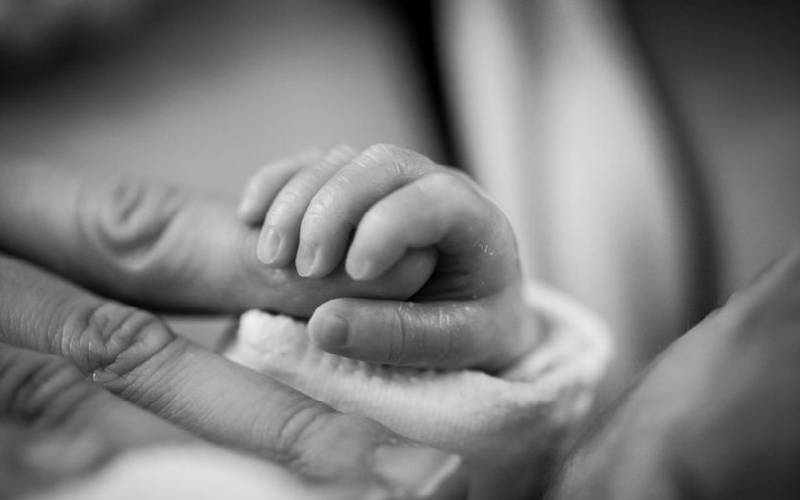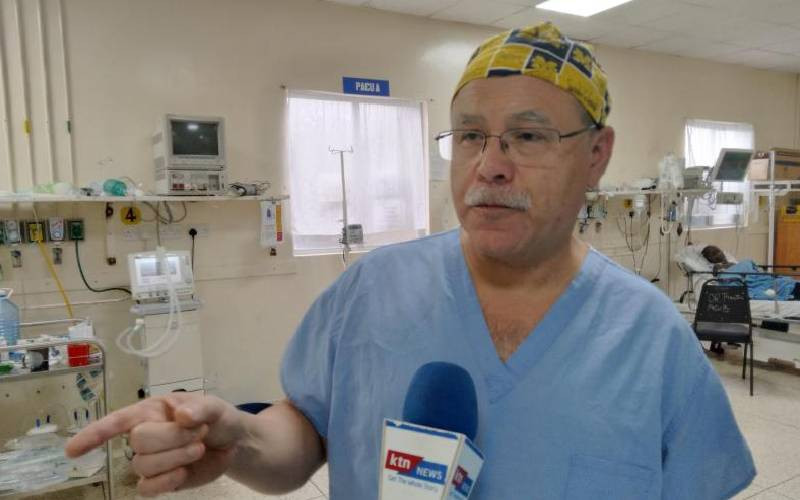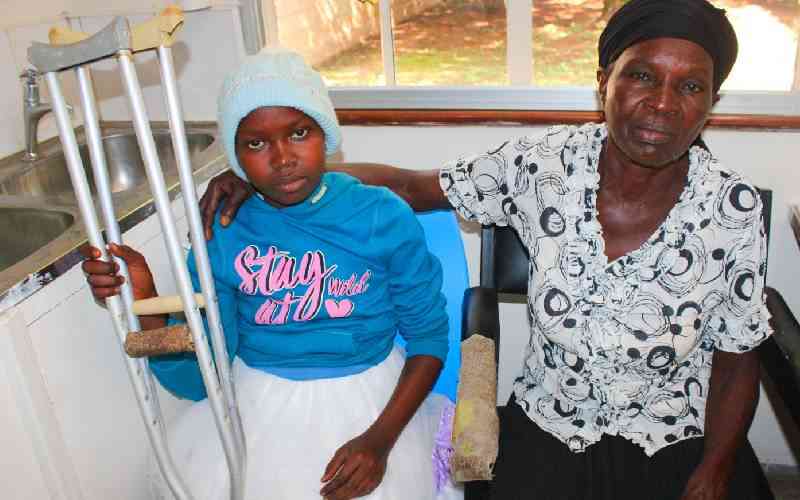 Attempting normal delivery after one or more caesarean deliveries is more dangerous to mother and baby than sticking to the surgical procedure, a new study suggests.
Attempting normal delivery after one or more caesarean deliveries is more dangerous to mother and baby than sticking to the surgical procedure, a new study suggests.
Caesareans are one of the most common procedures and on the rise globally. In the UK, they account for nearly 30 per cent of all births.
While most mothers are given a choice as to which they would prefer, there is a lack of robust information on the benefits and harms of the delivery methods of subsequent births.
Researchers from the University of Oxford looked at the records of 74,043 single babies born in Scotland between 2002 and 2015 to mothers who had already undergone at least one caesarean.
Complications
Those who attempted a vaginal birth rather than opting for a further C-section were seven times more likely to experience uterine rupture, twice as likely to require a blood transfusion and three times as likely to suffer a surgical injury.
And they were more likely to develop sepsis, a serious infant outcomes, such as stillbirth, admission to a neonatal unit, resuscitation requiring drugs or intubation, were more common in babies delivered vaginally by mothers who had a previous C-section.
The authors of the study said women should be reassured that the risk of complication with either type of delivery remains small.
- Duale suspends all licenses, import clearances for nicotine products
- Eat early, sleep tight and ditch the chilly drinkyour body will thank you!
- Meet mental health coach 'Hummingbird,' healing hearts and saving one soul at a time
- Deadly parasite mimics malaria, quietly claiming lives undetected
Keep Reading
Overall, 1.8 per cent of those attempting a normal delivery and 0.8 per cent of those having a planned caesarean experienced serious maternal complications.
And 8 per cent of those attempting a normal birth and 6.4 per cent of those having a planned caesarean had one or more of the adverse infant outcomes.
Repeat caesarean section
Kathryn Fitzpatrick of the University of Oxford's Nuffield Department of Population Health, who led the study, said the findings can be used to counsel and manage women with previous caesarean section.
She added that they should be considered "alongside existing evidence on the increased risk of serious maternal morbidity in subsequent pregnancies associated with elective repeat caesarean section".
The authors also found that the mothers who gave birth normally were more likely to breastfeed their newborn, both in the immediate days and six to eight weeks after birth.
The women who opted for normal deliveries were more likely to be younger, poorer, single mothers and born outside of the UK.
They were also significantly less likely to have a hospital stay exceeding five days after the birth, or to be readmitted overnight within 42 days, if they had given birth the normal way before.
This could be due to the "protective effect" of previous normal delivery which can lead to less complicated, quicker future labours, the study says.
If the women attempting normal delivery had experienced two or more previous caesareans, they were significantly more likely to have a hospital stay of more than five days after the birth.
Women who were induced when they gave birth normally were more likely to be readmitted than those who had caesareans.
Dr Pat O'Brien, consultant obstetrician and spokesman for the Royal College of Obstetricians and Gynaecologists, said: "Women can be assured that in most cases it is possible and safe to have a normal birth, or a planned repeat caesarean birth, after a previous caesarean birth.
"The results provide additional useful data to inform women and clinicians when discussing and making decisions around birthing plans, following a previous caesarean birth, for which the risks and benefits will also differ based on the woman's individual circumstance and wishes.
"A detailed conversation with a woman and her senior obstetrician should take place so she can make an informed choice about the safest way she can plan to give birth and be supported by a team of specialists."
 The Standard Group Plc is a multi-media organization with investments in media
platforms spanning newspaper print
operations, television, radio broadcasting, digital and online services. The
Standard Group is recognized as a
leading multi-media house in Kenya with a key influence in matters of national
and international interest.
The Standard Group Plc is a multi-media organization with investments in media
platforms spanning newspaper print
operations, television, radio broadcasting, digital and online services. The
Standard Group is recognized as a
leading multi-media house in Kenya with a key influence in matters of national
and international interest.











